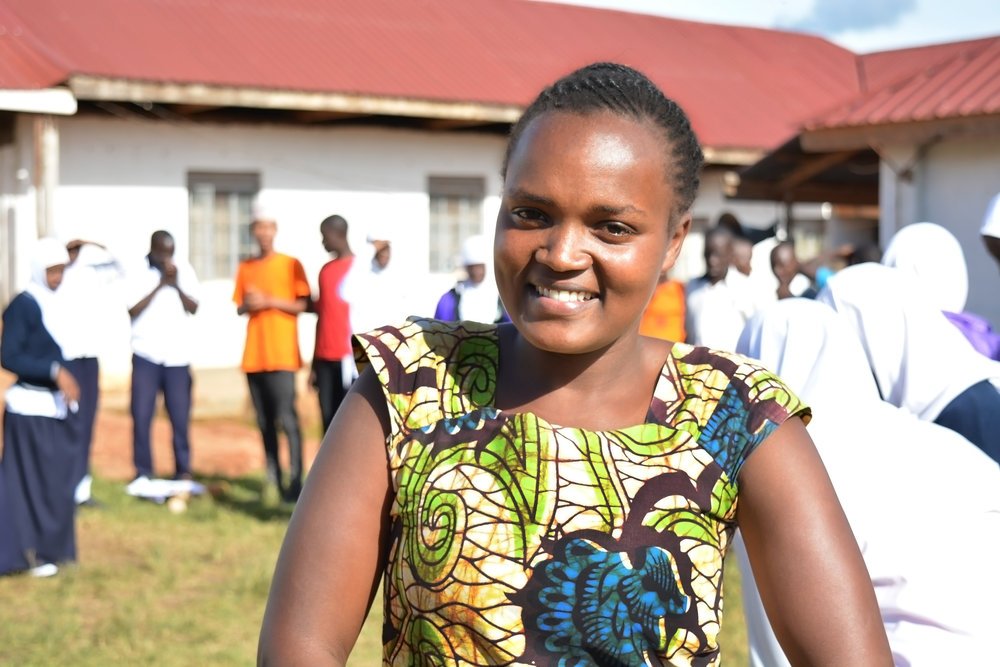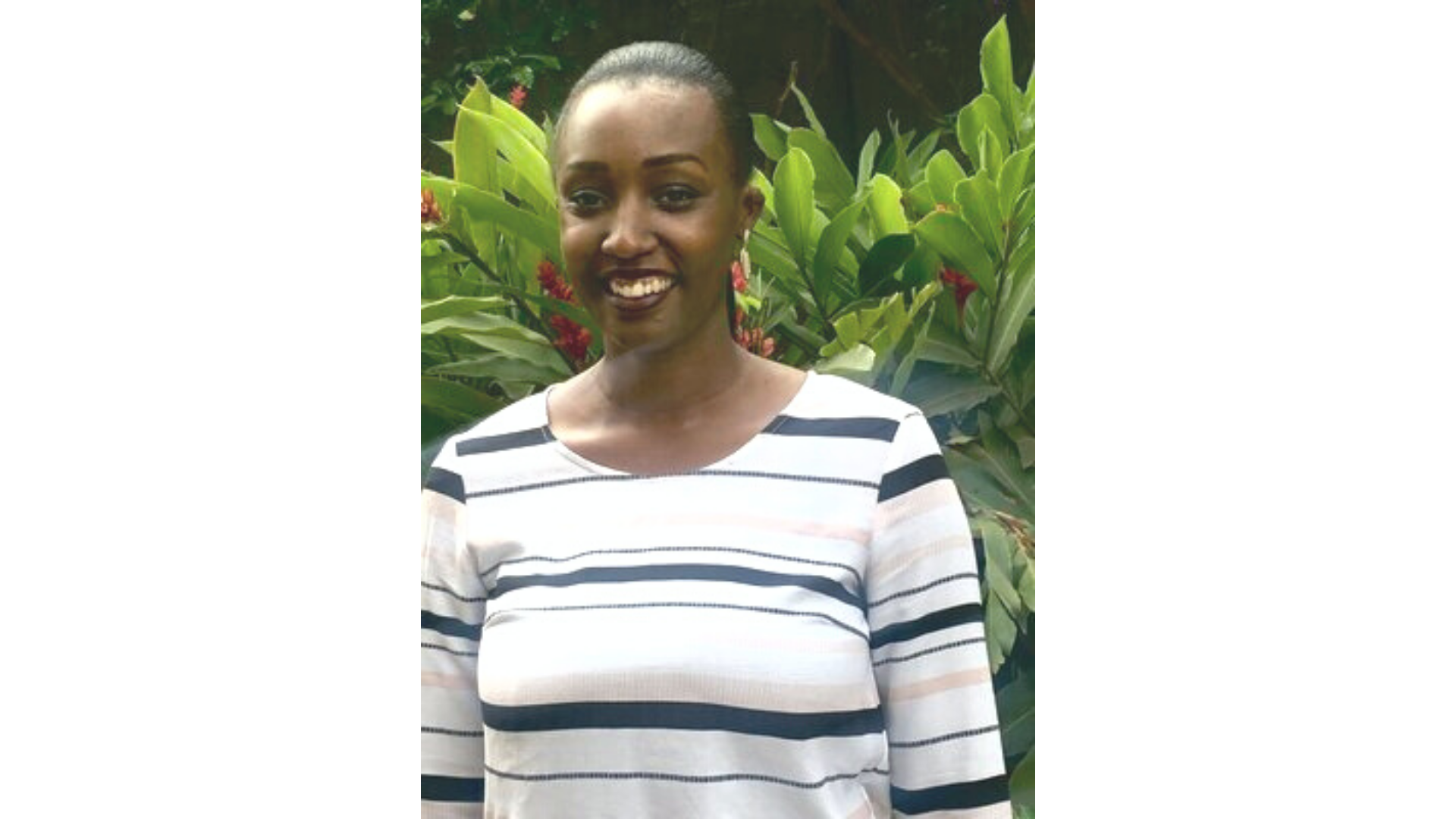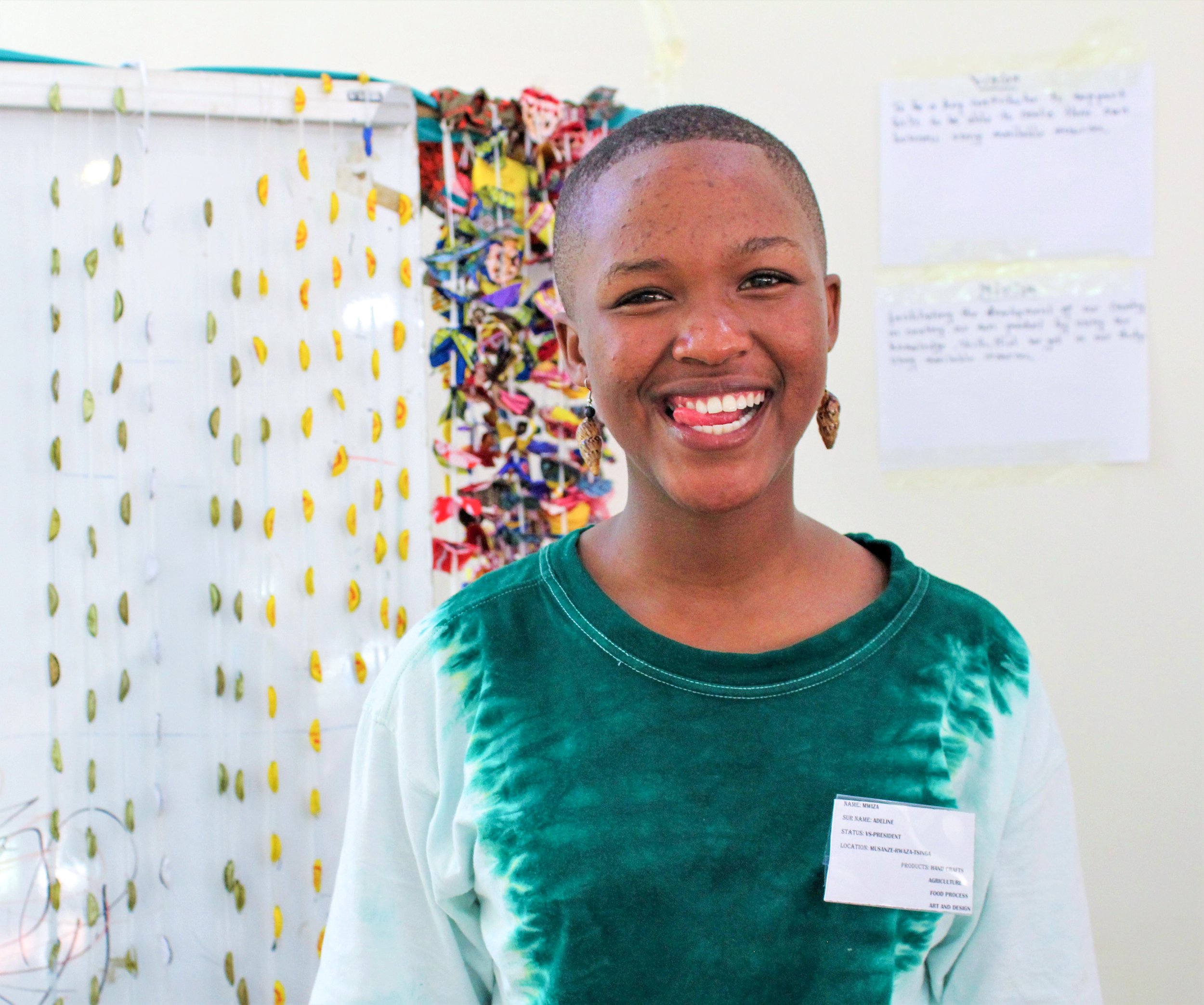Gender-Transformative Education: 3 Principles that Alter Youth Trajectories
“Accelerating gender equality in all spheres of society leads to a more rapid increase in progress towards achieving the [UN’s] 2030 Agenda [for sustainability development]” (UN Women, 2018).
Taking a gender-transformative approach — addressing inequities at the individual, institutional, community, and governmental levels — is the most powerful step we can take towards creating more vibrant, healthier, and more peaceful communities around the world.
Gender-transformative education seeks to utilize all parts of an education system, from policies to pedagogies to community engagement, to transform stereotypes, attitudes, norms, and practices by challenging power relations, rethinking gender norms and binaries, and raising critical consciousness about the root causes of inequality and systems of oppression.
Credit: UNICEF, 2021
Educate!’s Gender-Transformative Approach:
1. Ensure Equitable Access
The first barrier to overcome is participation and access. We work to address potential barriers to young women’s participation from the initial design phase throughout the entire life cycle of a model, setting targets to make sure girls make up at least half of all our cohorts, at the start and through its completion.
For example, as we piloted our distance learning model, we learned that more boys signed themselves up to participate and completed more learning activities than girls. Since then, we have experimented with engagement-boosting strategies, like targeted SMS messages, phone calls with caregivers, female Mentor support, and catch-up lesson opportunities.
2. Build Gender-Sensitive Learning Environments
Next, we ensure the learning environment reinforces and validates gender-equitable norms. Because we believe gender equity is a challenge to be solved by all, not a “girls” problem, our programs have girls and boys engaging together with a curriculum that challenges gender preconceptions around businesses and leadership.
Gender-Sensitive Curricula:
We develop gender-sensitive curricula for each of our models, which challenge gendered stereotypes around skill development and career options. Within these experiences, young men and women are exposed to learning materials and activities which frame all business ventures and pathways to economic independence and as community problem-solving opportunities. This understanding pushes girls beyond gendered businesses, combatting norms around traditional gender-based career paths.
Barrier-Breaking Pedagogy:
Improved access to an empowering course of learning is not enough. In order to shift mindsets and open opportunities, our facilitators deliver these curricula through gender-responsive pedagogy. The leaders who guide learners through our curricula (teachers, Mentors, Youth Leaders, etc.) participate in trainings where they are asked to examine their own beliefs and habits. Do you notice yourself or others calling upon male learners more often? Do you expect young women to be more soft-spoken or less inclined to step into leadership roles in the classroom? To support this shift, our partner schools work to encourage barrier-breaking teaching habits, for example, they establish a Gender Code of Conduct: a set of rules aimed at calling out inequity and encouraging gender justice.
Mixed-Gender Learning Spaces:
Girls and boys learn together within our models — a strategy that has proven more effective than women-only learning spaces. Educate! girls open new doors for themselves and inspire each other when they lead and learn alongside boys. Having seen the power and potential of their female classmates, boys become advocates for greater gender equity in the classroom and beyond.
These learning groups are powerful enablers that require all participants to question their beliefs in realistic, yet safe settings. Student Business Clubs, for example, encourage these opportunities as girls are seen as equal candidates for positions like Club President. Club members gain real-world experience as they participate in naturally-occurring discussions about gender norms, roles in business development and management, and the benefits of greater inclusivity and diversity.
As a result, boys often acknowledge their roles in perpetuating stereotypes, and girls leave feeling more capable and confident leading and participating in new activities and sectors primarily dominated by young boys and men.
3. Surround Youth with a Supportive Community
Finally, we ensure longevity by broadening the scope of our work. Thoughtful and individualized engagement with girls and their caregivers has the power to change the way an entire community relates to and treats girls and women.
Role Models See Girls as Individuals:
Teachers and Mentors are trained to understand that girls and women are not a monolith. We critically consider the individuality of young women and the uniqueness of their communities. Peer mentors, alumnae, caregivers, and other education stakeholders support our participants and treat them as individuals in each of our models — remaining flexible and respecting the unique set of lived experiences of each girl.
Caregivers:
We involve caregivers and community members in conversations around shared goals for the young people we all want to see succeed. These stakeholders often act from a place of protection, especially of their girls, and rightly so! We have found that by framing business as a community activity, there’s a greater social acceptance of girls participating in it. We’re more likely to create a supportive community when we engage them around (1) the child protection measures we have put in place and (2) the benefits of our skill-building experiences to the girl and, importantly, (3) the positive impact on the community at large.
Alumnae:
We periodically follow-up with female Educate! graduates, especially those who have moved into male-dominated industries, in order to learn more about their progress and experiences. The stories of these barrier-breaking women provide inspiration and guidance to our current participants as they work through issues like the wage gap and other inequitable practices. The invaluable insights of alumnae help us to continue learning about and improve upon our gender-transformative approach.
As a sector, we must establish gender-transformative education standards, test their efficacy, and continue to do better for girls and women. When young people view girls and women as leaders, changemakers, and entrepreneurs, their collective expectations for girls’ futures grow, and we make exponential progress towards a more equitable and prosperous world.
Without a plan of action in sectors like education, we risk a lack of progress, or even regression, across an incredible range of outcomes “from promoting economic growth and labour productivity, to reducing poverty and enhancing human capital through health and education, attaining food security, addressing climate change impacts and strengthening resilience to disasters, and ensuring more peaceful and inclusive communities” (UN Women, 2018).
At Educate! we wonder:
How can we afford to stand still? The young women who participate in Educate! are certainly not.


![“[My community service project] brings together women and young people ...to work together on other projects, like developing a village savings scheme and supporting community members in need.”](https://images.squarespace-cdn.com/content/v1/520111afe4b0748af59ffc18/1646168155393-8EULDQI7PDVEZC44JW9S/Mercy.jpg)


